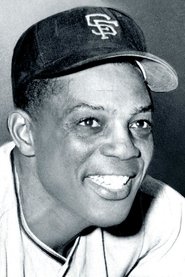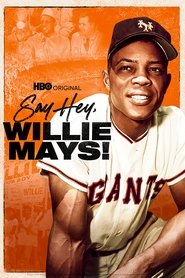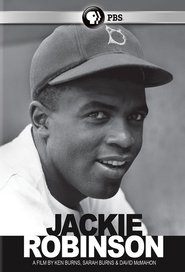
Willie Mays
1931-05-06
93 (2024-06-18)
Westfield, Alabama, USA
Willie Mays, the “Say Hey Kid” was one of baseball’s greatest and most beloved players. A Hall of Famer.
Westfield, Alabama, USA
Willie Mays, the “Say Hey Kid” was one of baseball’s greatest and most beloved players. A Hall of Famer.
Most Known for...

Willy Le Maitre
N/A
N/A



